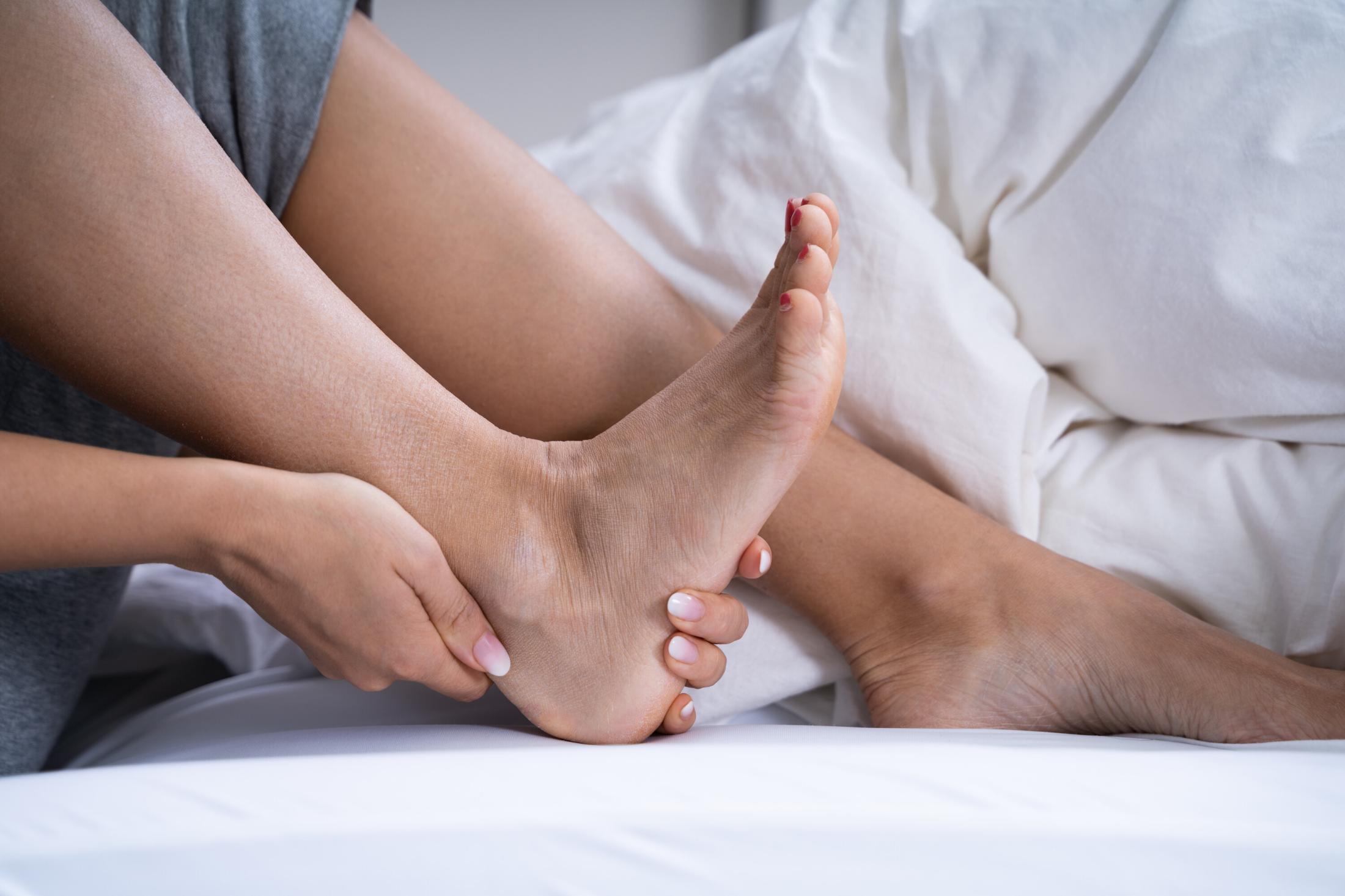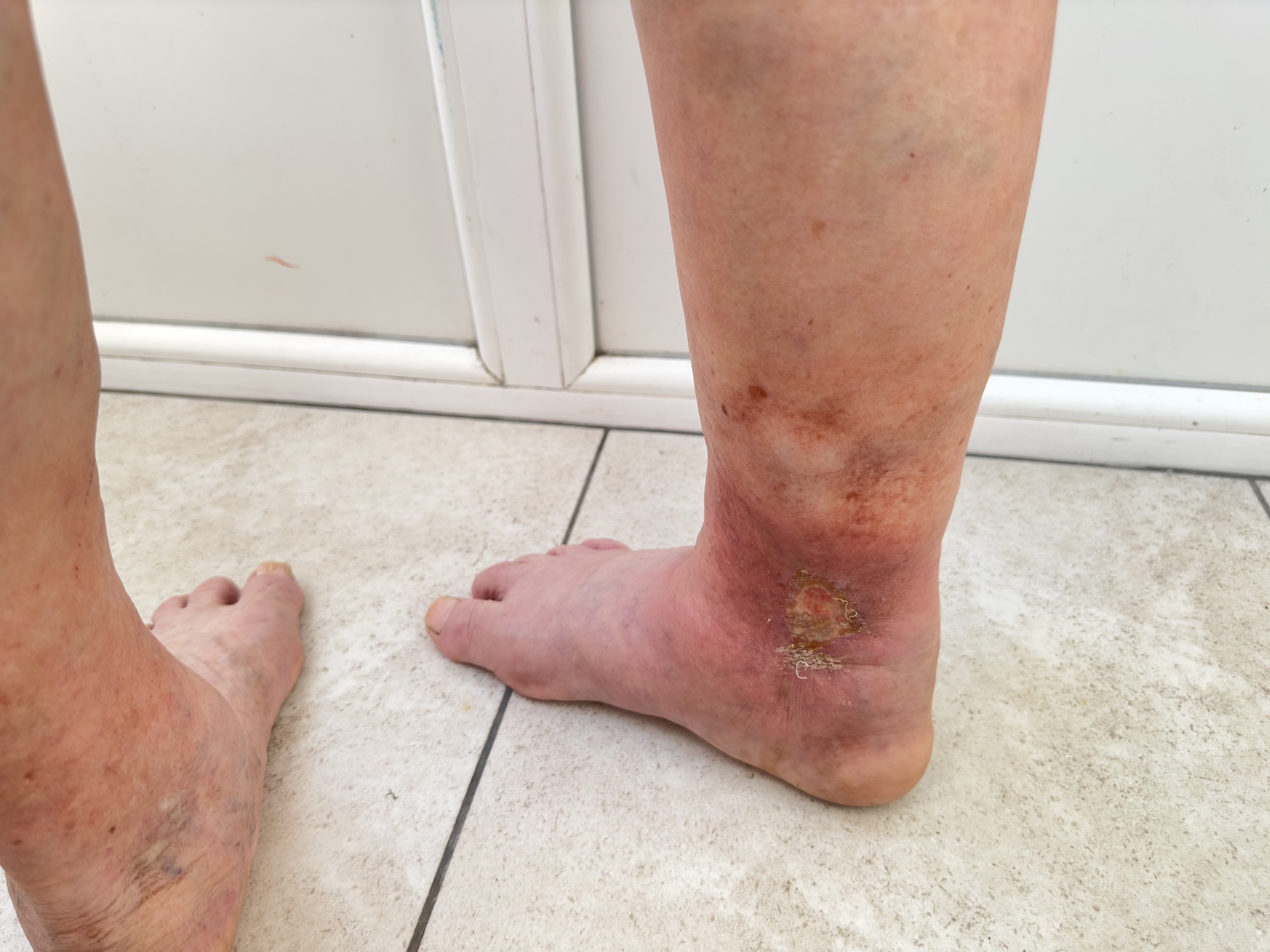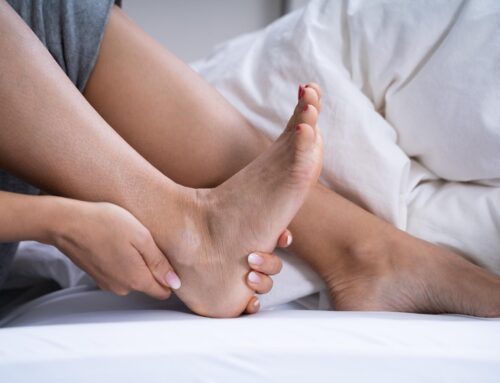With a back brace, you can improve conditions like spinal stenosis, herniated discs, degenerative disc diseases, back pain, and acute sprains. Many doctors even prescribe braces for post-operative support after surgeries like laminectomies and discectomies. There are back braces available for the middle of your spine, tailbone, lower lumbar spine and sacrum.
Because there are so many different types of back braces, it is important to find the right variety for your condition. You may want a brace that is made of elastic, hard plastic or metal. Ideally, your back brace should fit you comfortably and provide good support for your back.
How Does Back Pain Start?

- Lack of exercise: Weak muscles in your stomach and back can make back pain more likely.
- Smoking: If you smoke, you are more likely to suffer from back pain. This might be due to the fact that smoking instigates coughing, which can end up causing herniated disks. You may also be more likely to develop osteoporosis because smoking reduces blood flow to the spine.
- Age: Back pain is more common after age 30 or 40.
- Mental disorders: If you suffer from anxiety or depression, you are more likely to develop back pain.
- Lifting issues: You are more likely to become injured if you lift using your back.
- Weight: If you weigh more than you should, the added weight will increase the pressure and stress you place on your back.
- Diseases: Certain diseases like cancer and arthritis can cause back pain.
Back pain can develop following a muscle or ligament strain. This can occur after a sudden movement. It can also happen due to repeated heavy lifting. Some people develop back pain from ruptured discs, arthritis, disc disease or bulging discs. In addition, osteoporosis can lead to painful fractures and back pain.
How Do Back Braces Alleviate Back Pain?
Back pain is often caused by a lack of spinal support or incorrect lifting. A back brace provides additional stability and support, which can reduce the pressure placed on your spine. In addition, this support gives your back a chance to heal following an injury.
Other than providing additional support, a back brace helps to reduce your range of motion. This means you are less likely to bend forward or twist your spine in a dangerous way. By limiting your movements, the back brace helps you become more aware of your body’s position. This can help you retrain yourself to lift heavy items and perform day-to-day activities in a safer, more comfortable way.
In research studies, braces have been shown to improve mobility in patients who have back pain and are undergoing physical therapy. These braces can reduce the micro-motion that occurs between vertebral segments in your back. This can alleviate the pain you feel from irritated joints, muscle tension and irritated nerve roots.
The Advantages of Using Back Braces
In Canada, an estimated 18% of adults suffer from chronic or acute back pain. For these individuals, back braces can help reduce pain and limit movement. By getting a back brace, you may be able to enjoy some of the following benefits.
Alleviate Pain
This is the biggest reason why people invest in back braces. Many people believe that back braces and support belts help to reduce their back pain. You can also find braces that have massaging capabilities and heating elements. Both of these features can help to reduce pain in different areas of your back.
With many back injuries and issues, an ongoing circle of inflammation leads to muscle spasms. The medical condition keeps flaring up because the spasms and inflammation keep feeding into each other. Whenever you experience back pain, your spinal musculature tries to contract. This contraction is designed to protect the injured soft tissue structures and inflamed joints.
Unfortunately, this muscle contraction tends to go into overdrive. Instead of protecting the spine, it leads to more inflammation and pain. Then, this pain causes more muscle contractions. Patients can break this cycle by using treatments like physiotherapy, medication and external stabilizers.
Back braces work because they are external stabilizers that break the cycle of spasms, inflammation and pain. Your core muscles can do their job and protect the spine instead of going into overdrive mode. Without a back brace, you may have problems changing positions or moving around.
Back Support
If you are working out or lifting heavy items, back braces can support your spine. Some people think that a support belt will help them comfortably lift items and switch between different postures. Scientists still need to do more studies to determine how effective back braces are in these cases, but you can always try a brace to see if it helps your condition.
Improve Your Posture
Using a back brace can help you improve your posture. Some people forget to use their legs to lift heavy items. In other cases, the individual may turn awkwardly or make a sudden motion that pulls a tendon in their back. Wearing a back brace can help you remember to stand straighter and stop using your back to lift items. In addition, many people use braces to reduce slouching.
Limit Your Movements
While many people wear back braces to prevent injuries from happening, they might be able to help after an injury occurs as well. A back brace can limit your range of motion, so your body gets a chance to heal properly after an accident or surgery. It works like a neck brace to stop your body from moving too much so that your body can heal safely.
Convenient Treatment
Back braces are a popular treatment option because they are so easy to use. When you use ice or heat, it is difficult to get the treatment you need when you are in public places. Likewise, physical therapy has its limits. With back braces, you can get the treatment you need whenever and wherever you need it.
Get Support for Heavy Lifting and Exercising
Some people use back braces for lifting weights at the gym. They may also be able to help if you have to lift weights at your work. While scientists need to do more research on this benefit, many people have reported that back braces have helped them avoid damaging their lower backs and spines.
Recover After a Surgery
If you have undergone a surgical procedure, a back brace can help you heal. Many doctors recommend using a brace after you go through minor surgeries. Back braces can help herniated discs by stabilizing your spine. By doing this, they can support a natural healing process. Braces are often recommended for people who have had surgeries to treat sciatica, osteoarthritis, herniated discs and other back conditions.
How Long Should You Wear a Back Brace?
You should talk to your doctor about how long you should wear your back brace each day. If you have fractured your spine, you may be required to wear a medical brace for 24 hours a day. To prevent an injury, you can wear a back brace while you are doing heavy lifting or physical activity. Then, you can remove it when you are done for the day. Likewise, you can wear a brace while you are in pain and remove it once the pain subsides.
Share This Story, Choose Your Platform!
Table of Contents
We specialize in orthotics, body braces, and compression wear tailored to your unique needs in Toronto. Reach out to us at info@caremed.care or call 416-782-5353 to book your fitting and consultation.
Experience the difference of customized solutions designed just for you.











